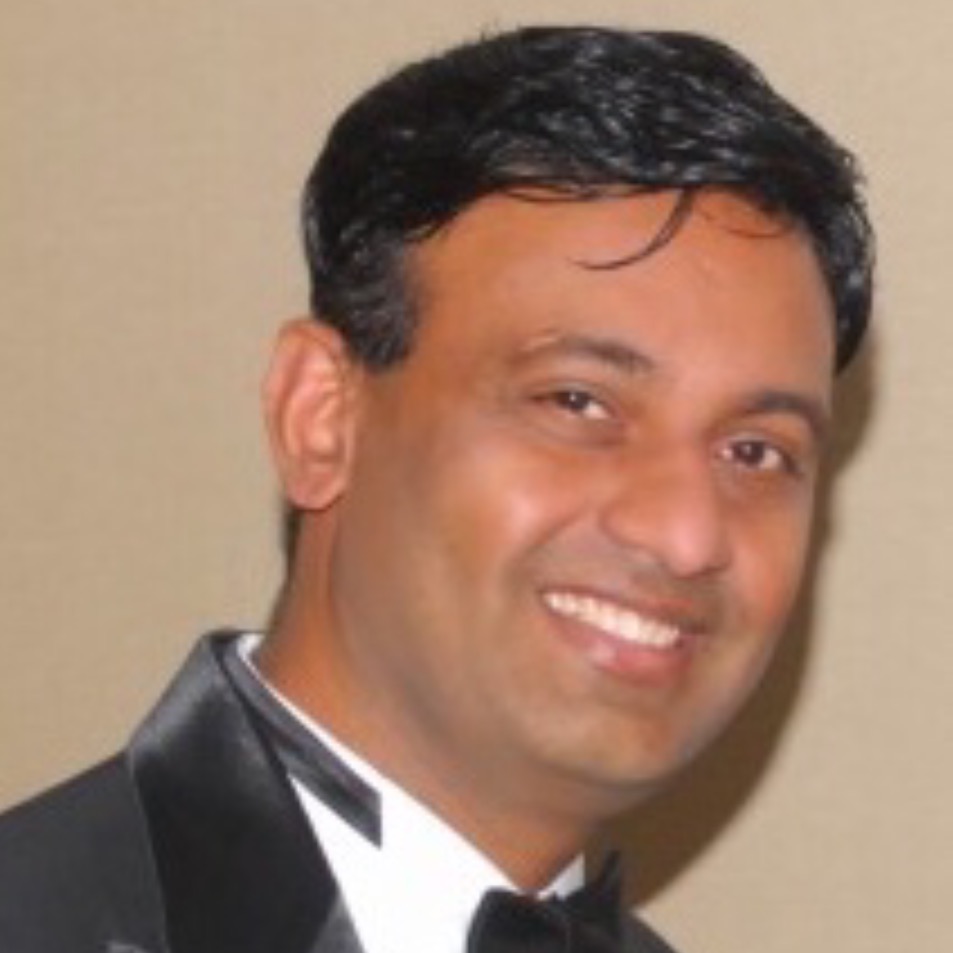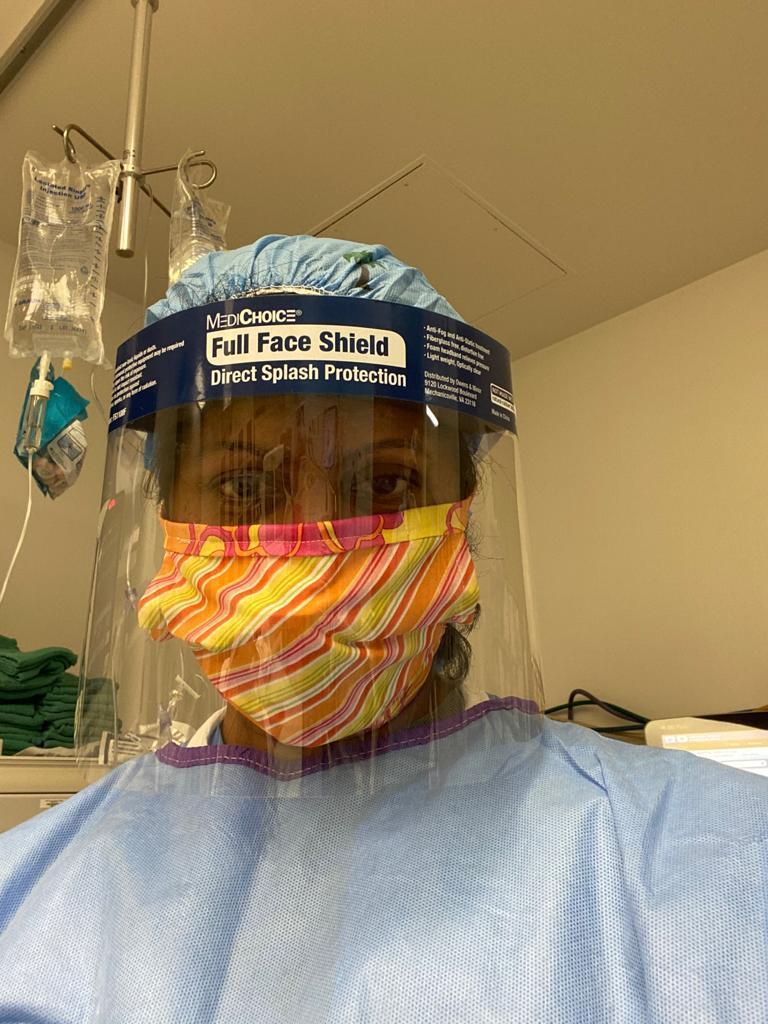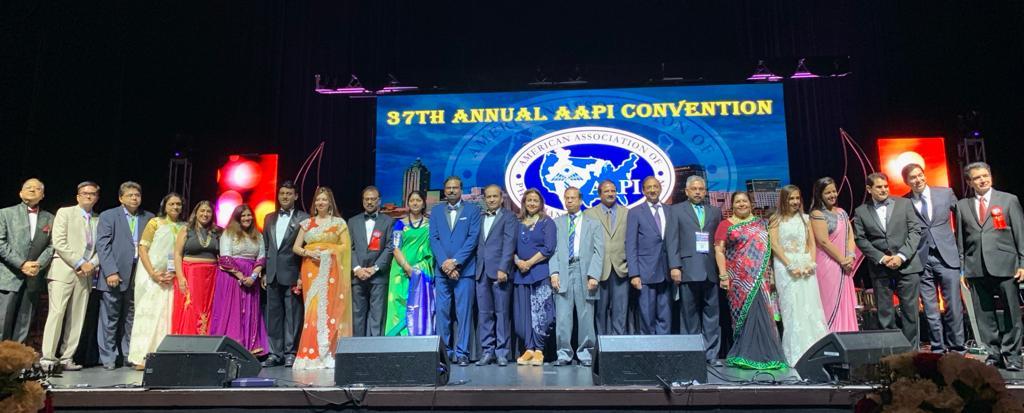Despite Their Indispensability it is Not Easy for Indian Doctors to Immigrate to the U.S.

For the past couple of decades, Indians in America have come to be identified with the information technology sector, with thousands of software engineers, technologists, entrepreneurs and programmers constituting the backbone of the technology sector. Unwittingly they seem to have displaced Indian doctors who traditionally occupied the pride of place in the American society.
But the current Covid-19 pandemic has put the spotlight back on them like never before. Their presence is being felt in the front-lines of the fight against the pandemic, not only as doctors in hospitals, but as scientists with expertise in a host of fields of medicine. “We are definitely in the frontline fighting this deadly battle,” says Dr. Suresh Reddy, president of the American Association of Physicians of Indian Origin (AAPI). “We have a proud moment, it is (also) a scary moment; it is a mixed feeling.”

According to AAPI data, although Indian Americans constitute less than one percent of the country’s population, they account for 9 percent of the American doctors and physicians. One out of every seven doctors serving in the U.S. is of Indian origin, providing medical care to over 40 million Americans.

Dr. Suresh Reddy
India provides the largest number of international medical graduates to the U.S., according to a study conducted by the New England Journal of Medicine. AAPI estimates that are about 80,000 practicing Indian American physicians and there are around 40,000 medical students, residents, and fellows of Indian origin.
However, it has been a long and trying journey for Indian doctors to reach this pride of place in the American healthcare system. From the early 1960s till now, Indian doctors have had to fight obscurity, prejudice, bias and immigration battles.
The Pioneers
The dominance of Indian doctors in the U.S. was summed by Doximity marketing manager Sarah-Richelle Lemas on the online networking service for medical professionals. Lemas says that in both the 1970s and 1980s, Patel topped as the most common last name among all physicians. “Patel is now officially the last name most frequently preceded by Dr.,” she writes.
It was in 1960s that the first batch of foreign-medical graduates (FMGs) came to the U.S.
According to a study by Steve Raymer, an associate professor of journalism at Indiana University, which was published on the Yale University website, the mass migration of Indian doctors to the U.S. began in the 1960s and 1970s, due to huge demand for doctors.
Raymer notes that most of the students pursuing a medical degree in India then were from middle class backgrounds. “Education in medicine was still not prohibitively expensive at that time,” Raymer writes. “Most of them, however, could not afford to set up their own private practice, and service in government-run hospitals was not very promising either,” he continues, citing reasons for the influx of Indian medical graduates to the U.S.
The U.S. National Library of Medicine data estimates that between 1963 and 1977, the U.S. accepted over 60,000 foreign-medical graduates (FMGs).
It has been a long and trying journey for Indian doctors to reach the pride of place in the American healthcare system. From the early 1960s till now, Indian doctors have had to fight obscurity, prejudice, bias and immigration battles.

One of them was Florida-based cardiovascular surgeon, Dr. Raghavendra R. Vijayanagar, who came to the U.S. in 1964. He remembers being one of the few Indian doctors here. Things were different then, he says, adding that it’s “our audacity, intent to work and provide service to society” which has got us this far.
“Things have changed drastically, in medicine, and for physicians as well,” notes the Tampa-based Vijayanagar, who performed the first successful heart transplant on June 6, 1985 at the Tampa General Hospital. The first transplant recipient, John Thrasher, survived for 12 years and the second patient, Frank Spurling, lived for 34 years, “the second longest survival in the world.”
A Bumpy Road to the American Dream
In the 1960s and 1970s, Indian Medical Graduates were heavily recruited to fulfill the Medicare program’s promise of free medical care for every American over the age of 65. However, the situation now has reversed. Once an International Medical Graduate gets a visa for a two-to-five-year-long residency at a university or teaching hospital, it is the beginning of his or her struggles and challenges.
Under the Immigration and Nationality Act, many Indian doctors are forced to return to India after completing their training in order to be eligible for an H-1B skilled worker visa or a green card. A few lucky physicians can avail the Conrad 30 Waiver Program which allows them to escape the two-year home country residency requirement so they can continue practicing in the U.S.
Each state has specific qualification requirements for their own waivers.

To obtain a Conrad 30 waiver, doctors have to work for three years (40 hours per week) in a medically underserved area (MUA) or in a health professional shortage area designated by the Department of Health and Human Services (HHS), according to information on the United States Citizenship and Immigration Services (USICS) website.
Before the Immigration Act of 1990, the only way for physicians to come to the U.S. to engage in graduate medical training was to obtain a J-1 visa status. However, the 1990 Act dropped this requirement and for many years now physicians have been able to use the H-1B visa to join residency and fellowship programs.
However, applying for an H-1B visa has its own challenges. The non-immigrant visa allows companies in the U.S to employ graduate level workers in specialty occupations. Only 65,000 H-1B visas are available each fiscal year (which begins on Oct.1 of each calendar year). Doctors have to compete with other highly sought after fields like IT and finance.
There is another challenge according to Dr. Atul Grover, executive vice president of the American Association of Medical Colleges (AAMC). He told WBUR, a public radio station located in Boston, Massachusetts, that residency programs are better acquainted with domestic schools. He also observed that “residencies are not keeping pace with the growing demand for doctors.” He told the radio that “AAMC is calling on the government to fund 3,000 new residency positions over the next five years.”
Immigration Hurdles
Immigrating to the U.S. is a fry cry from the 1970s and 1980s, when it was much easier to obtaining a green card. Dr. Vijayanagar got his green card in 1972 under Richard Nixon’s presidency and became a citizen within five years. Nearly 50 years later, getting a green card through work authorization visas itself can take 10 or 20 years, if not more, thanks to the per-country quota system.
Not only do immigrant doctors face long wait times for green cards, there are restrictions on where they can practice while they’re waiting for a green card.
Doctors like Ram Sanjeev Alur, a hospitalist at a veterans’ hospital in Marion, Illinois, was willing to relocate temporarily due to the Covid-19 pandemic to a hospital where the need was greater. But as an H1-B visa holder, he was unable to, despite having very few confirmed Coronavirus cases in the county where he presently works.
“They restrict me to working only for my employer,” he told the New York Times. “I want to go work in New York; I can’t.” Dr. Alur is also the president of Physicians for American Healthcare Access, a nonprofit association representing foreign-trained doctors working in rural or underserved areas.
There are others like Dr. Smitha Kurra, a family practice physician in Cedar Rapids, Iowa; Deepu Sudhakaran, a bariatric surgeon at St. Mary’s Hospital in Centralia, Illinois; Dr. Raghuveer Kura, the only kidney specialist in Poplar Bluff, Missouri, and Dr. Parth Mehta, a hospitalist in Peoria, Illinois, who are caught up in the immigration cycle.
Cato Institute, a libertarian think tank headquartered in Washington, D.C., estimates that recently backlogged Indian workers face a wait time of 90 years for acquiring permanent residency.
According to the USICS, the United States issues 140,000 employment-based immigrant visas each year.
The New York Times reports that currently there are more than 10,000 doctors on skilled-worker visas, or H1-B visas. From fiscal years 2007 to 2018, the majority of H-1B visa petitions were filed by Indian nationals — approximately 2.2 million out of nearly 3.5 million, according to USICS data.
Similarly, every year, roughly 4,000 foreign doctors come to the U.S. on J-1 visas for residencies at teaching hospitals.
Shortage of Physicians
According to Dr. Vijayanagar, shortage of physicians in rural areas is an ongoing issue. But many physicians don’t want to go because the remuneration is higher in the cities. The pandemic is exacerbating these shortages, he observed.
However, even physicians who are able to avail the Conrad 30 waivers and work in the rural areas, cannot escape the process of applying for a green card. Currently, obtaining a green card involves long waits, particularly for immigrants from India, which produces about a third of all foreign doctors training in the U.S.
While it would seem like Indian doctors might use the Conrad 30 waiver to get away from the hassle of going back to India and then apply for a work permit to come back to the U.S., there are several in the profession who have served in the rural areas for years, out of choice.
One such physician is Dr. Alluri Raju who works in rural Georgia.
In a report on immigrant doctors in Georgia Health News, Dr. Raju recalled being mistaken for a Native American. That was 30 years ago.
Now, Dr. Raju, a family practitioner and general surgeon in the small southwest Georgia town of Richland, is the only doctor, not just in Richland, but in Stewart County and neighboring Webster County with a combined population of more than 8,000. After completing his residency at Yale New Haven University Hospital in Connecticut, he moved to rural Georgia, because that’s where they needed doctors.
However, reports suggest that shortage of doctors and nurses is not limited to the rural areas alone.

AAMC estimates that the U.S. will see a shortage of up to nearly 122,000 physicians by 2032 as demand for physicians continues to grow faster than supply. “The United States would need an additional 95,900 doctors immediately if health care use patterns were equalized across race, insurance coverage, and geographic location,” the AAMC says.
Similarly, International Medical Graduates — who account for a quarter of the 800,000 practicing doctors in the United States — have stepped up to fill physician shortages throughout rural America. In exchange, they’ve been granted work visas and have been allowed to stay in the country after graduation.
Immigration attorneys are also working on ways in which foreign doctors and nurses can contribute their services in helping patients affected by the coronavirus. A March 2020 report in the Vox says that “immigration attorneys are currently working on devising ways that the federal government could make it easier for foreign doctors and nurses to contribute to the coronavirus response and make up for hospital staffing shortages without relying on Congress to pass legislation.”
The Need Of the Hour
The need of the hour, according to Dr. Vijayanagar, is for physicians to unite and realize their significance in this country. “America is a nation of immigrants,” he said, urging all physicians to continue to get strong. He also lauded AAPI for flexing its muscles in Washington and lobbying at the state and federal level. Founded in 1982, the AAPI represents a conglomeration of more than 100,000 practicing physicians in the U.S.
Similarly, NBC news reported in May that the nonprofit Physicians for American Healthcare Access (PAHA), has been advocating for legislative solutions to protect immigrant doctors. PAHA says it aims “to organize all like-minded physicians in the United States to develop and execute the plans in collaboration with lawmakers, community and healthcare organizations to promote better health care access to all.”
According to the NBC report, PAHA is backing a bipartisan measure called the Healthcare Workforce Resilience Act, which was introduced in Congress in April. “If passed, it would recapture 40,000 unused immigrant visas and allocate them to doctors and nurses to help fight against COVID-19,” the NBC report says.


